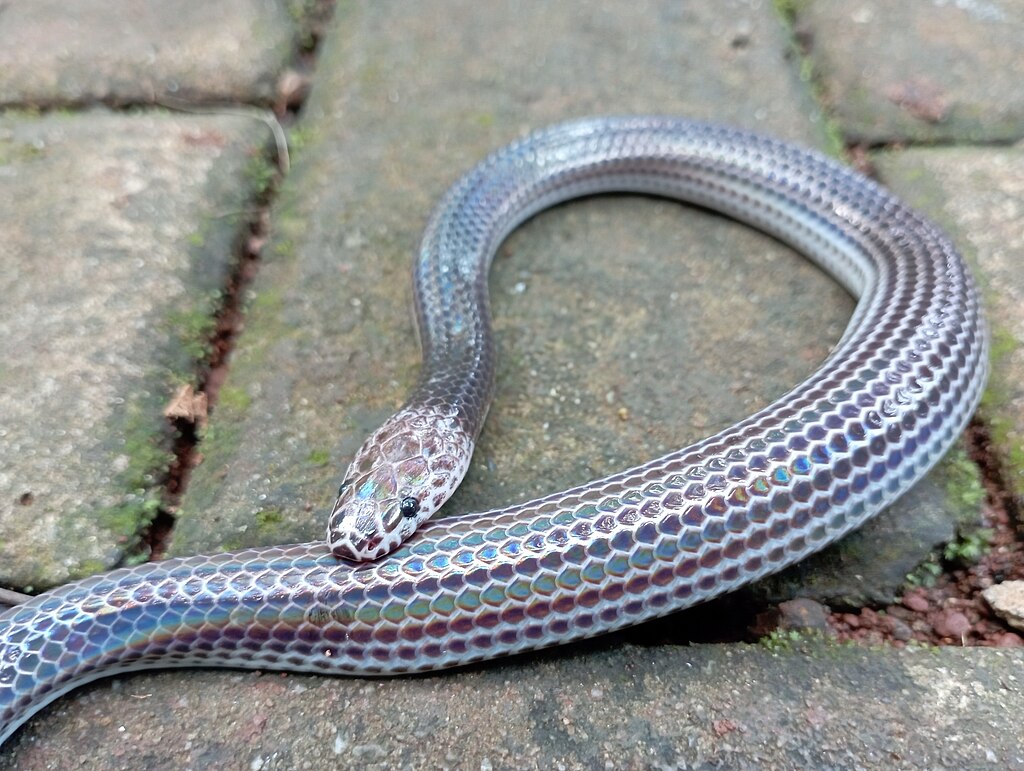In the complex world of ophidian predators and prey, a fascinating biological arms race has evolved over millions of years. While snake venom is one of nature’s most effective weapons, equally remarkable is the fact that many snake species have developed resistance to the toxic cocktails of their competitors and prey. This evolutionary phenomenon has led to intricate ecological relationships and survival mechanisms that continue to captivate scientists and nature enthusiasts alike. The study of venom resistance not only reveals the incredible adaptability of these reptiles but also offers promising insights for medical applications, particularly in the development of more effective antivenoms and pain management treatments.
The Evolutionary Arms Race Between Snakes
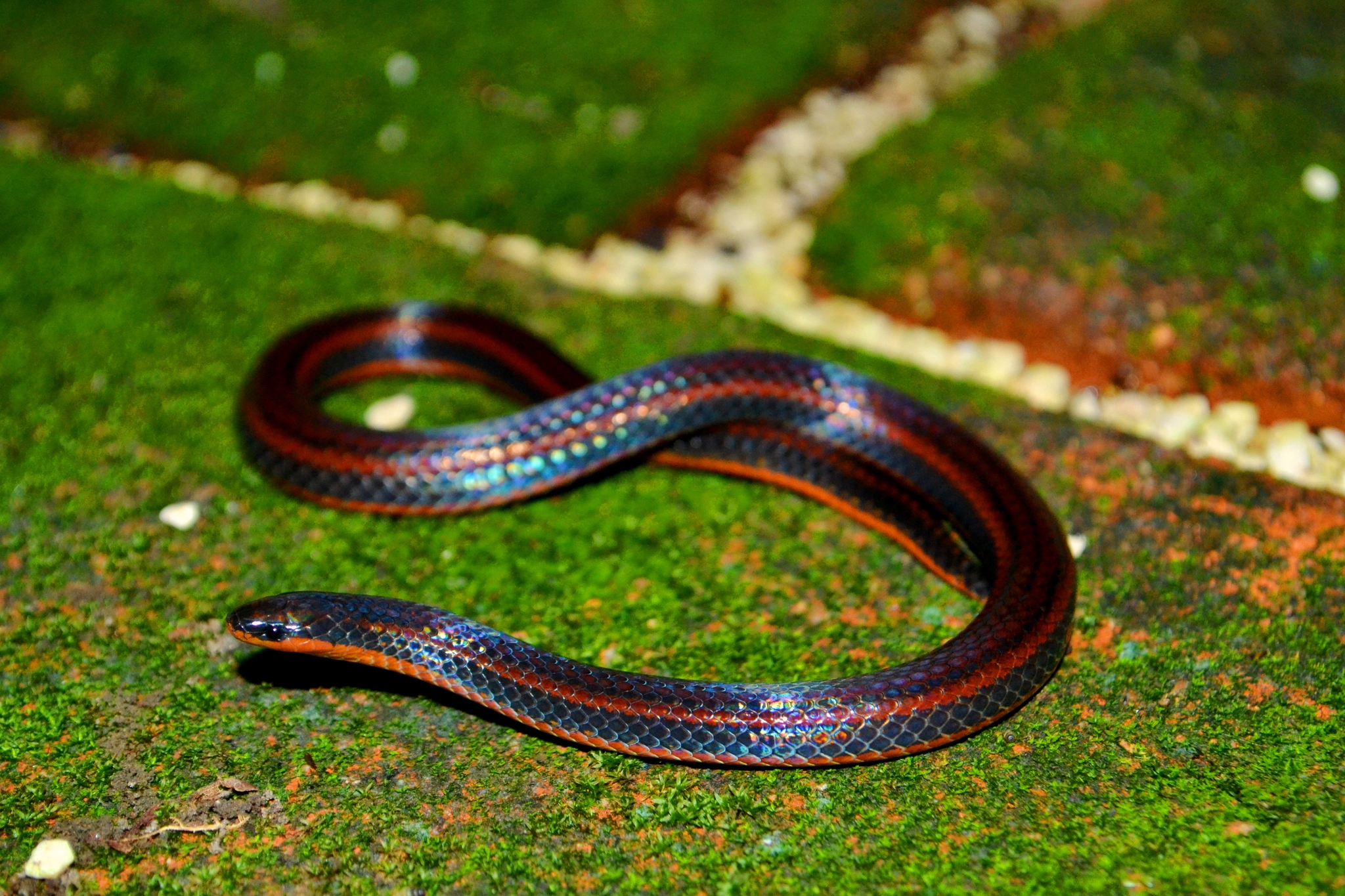
Snakes have been engaged in an evolutionary arms race for millions of years, with species constantly adapting to outcompete rivals and survive predation attempts. As some snakes evolved increasingly potent venoms to subdue prey or defend against threats, others developed physiological defenses to counter these toxins. This push-and-pull dynamic has driven the diversification of both venom compositions and resistance mechanisms across different snake species. The relationship between the king cobra and mongoose exemplifies this phenomenon, with each organism continually evolving more sophisticated attack and defense strategies in response to the other’s adaptations.
Understanding Snake Venom Composition

Snake venom is a complex mixture of proteins and enzymes specifically designed to immobilize, kill, and digest prey. These biochemical cocktails can contain dozens to hundreds of different compounds, including neurotoxins that attack the nervous system, hemotoxins that target blood and tissue, and cytotoxins that destroy cells. The precise composition varies significantly between species, with some snakes specializing in particular toxin types based on their prey preferences and evolutionary history. This diversity in venom composition explains why resistance mechanisms must be equally sophisticated and specific to be effective against different snake species’ venoms.
Primary Mechanisms of Venom Resistance

Snakes have developed several distinct mechanisms to resist the effects of venom from other species. The most common strategy involves mutations in the target molecules that venom typically attacks, rendering the toxins unable to bind effectively to their intended sites. Another approach is the evolution of venom-neutralizing proteins in the blood that can bind to and inhibit toxin molecules before they reach vulnerable tissues. Some snake species have also developed enhanced metabolic pathways that can rapidly break down and excrete venom components. These mechanisms often work in concert, providing multiple layers of protection against potentially deadly toxins.
The Role of Genetics in Venom Resistance
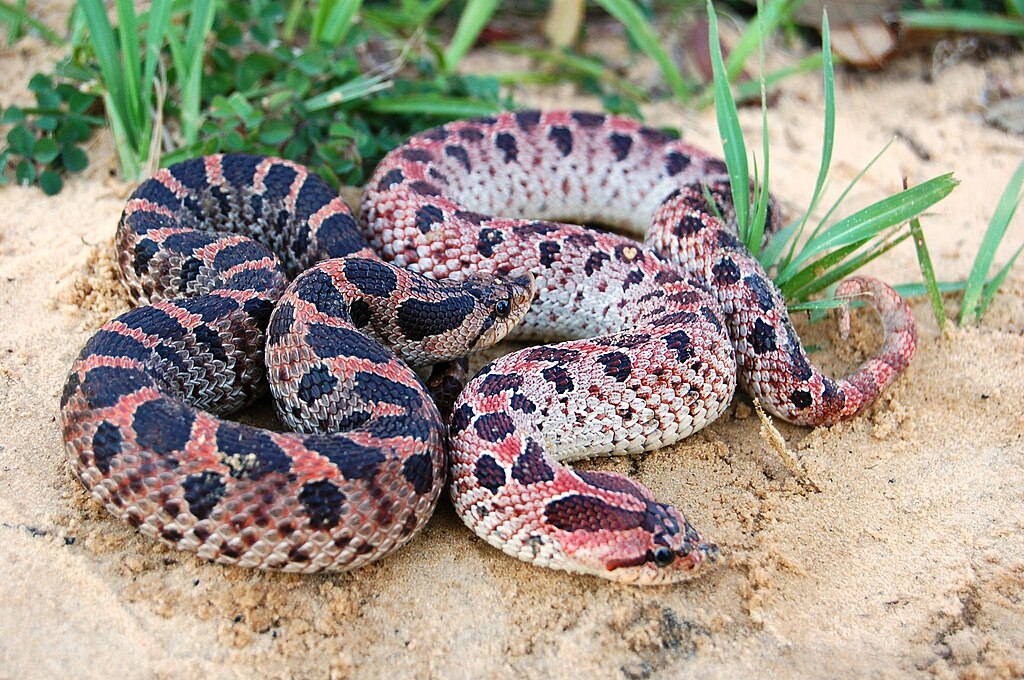
Genetic adaptations form the foundation of venom resistance in snakes. Through natural selection, individuals with beneficial mutations that confer even slight resistance to venom have a survival advantage, allowing them to pass these traits to offspring. Research has identified specific genes responsible for producing modified receptors and venom-inhibiting proteins in resistant species. The accelerated evolution of these genes, known as positive selection, has been documented in many snake lineages that regularly encounter venomous competitors. Interestingly, the genetic basis for venom resistance often parallels the evolution of venom genes themselves, highlighting the intimate evolutionary relationship between offense and defense mechanisms.
King Cobras and Mongooses: A Classic Example

The relationship between king cobras and mongooses represents one of the most well-studied examples of venom resistance in nature. Mongooses, although not snakes, have evolved remarkable resistance to cobra venom through modifications in acetylcholine receptor proteins, which are primary targets for cobra neurotoxins. King cobras themselves possess resistance to their own venom and that of other cobra species they may encounter in their habitat. This mutual adaptation has led to fascinating predator-prey interactions, where mongooses can survive bites that would be fatal to other mammals of similar size. The biochemical basis of this resistance continues to be studied for potential applications in developing more effective antivenoms.
Ophiophagous Snakes and Their Special Adaptations
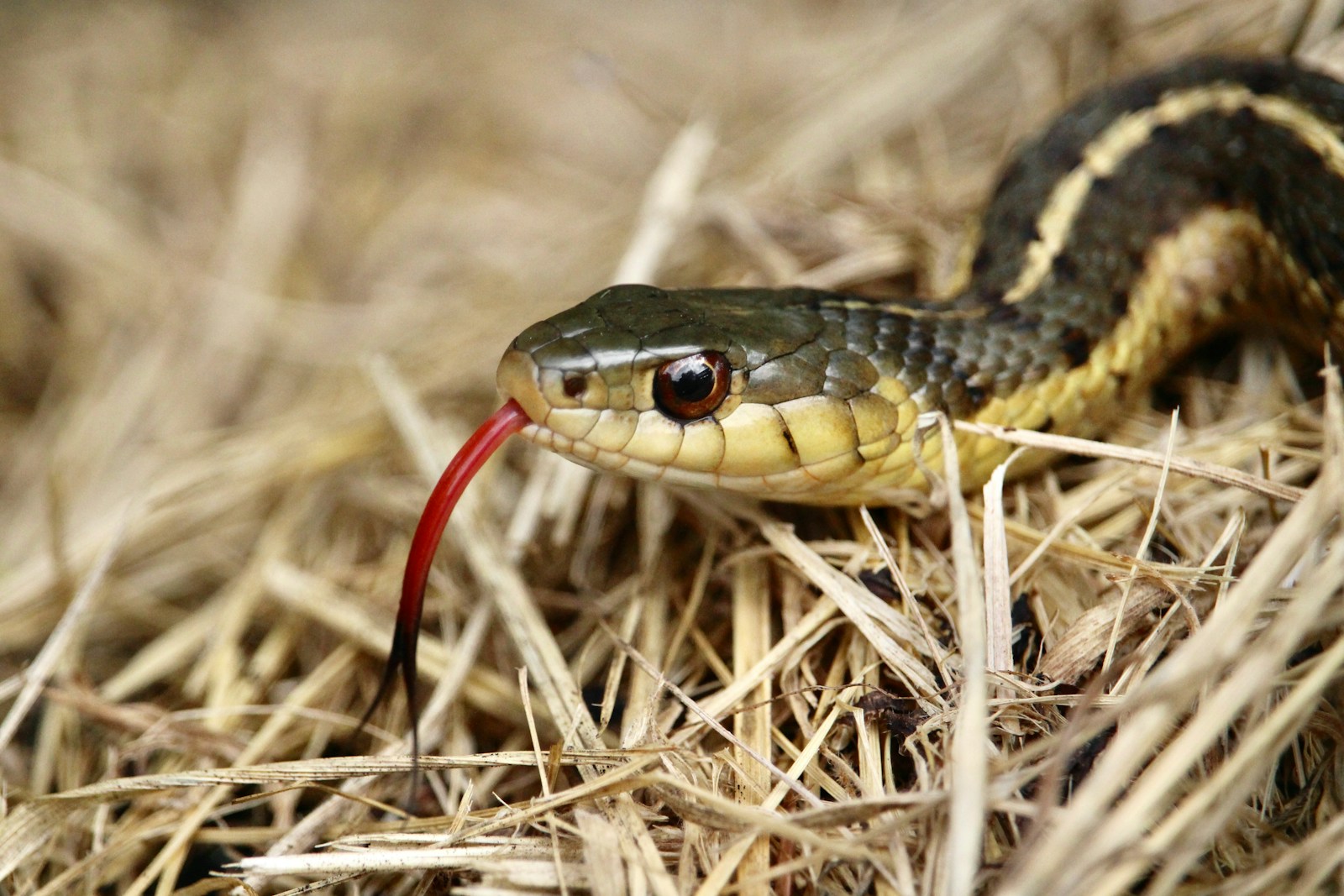
Ophiophagous snakes – those that eat other snakes – have developed particularly robust venom resistance as a dietary necessity. Species like king cobras, kraits, and indigo snakes regularly consume venomous prey and have evolved sophisticated physiological defenses to survive these dangerous meals. Their resistance mechanisms are often highly specialized to counter the specific venoms they most frequently encounter in their diets. These snake-eating specialists typically possess a combination of modified receptor proteins, venom-neutralizing factors in their blood, and enhanced venom metabolism pathways. The study of ophiophagous species has been especially valuable in understanding the molecular basis of venom resistance.
Cross-Species Resistance Patterns
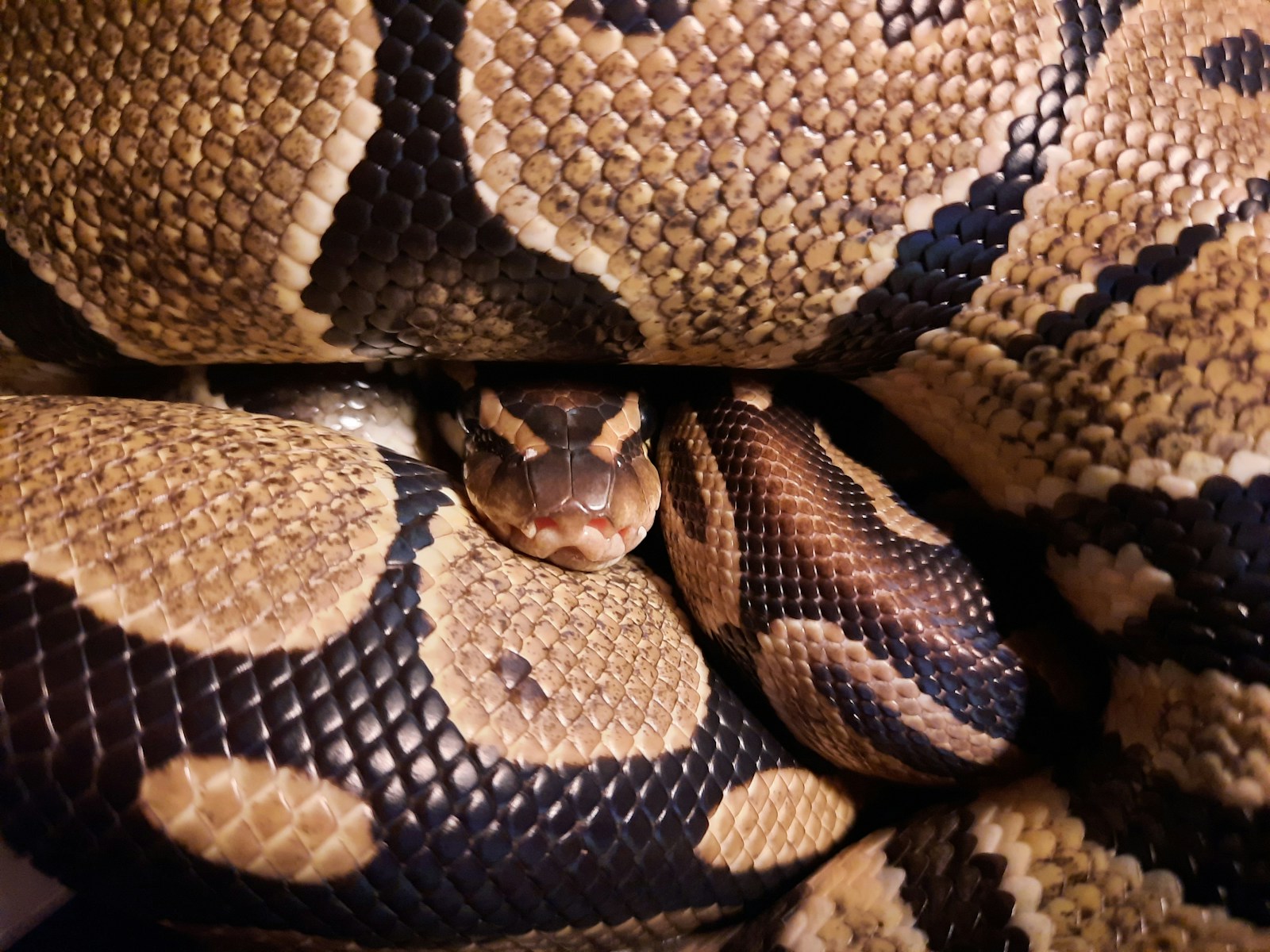
Venom resistance is rarely universal, with most snake species showing varying degrees of protection against different venoms. A snake highly resistant to viper venom may still be vulnerable to elapid toxins, reflecting the specificity of these adaptive mechanisms. Researchers have mapped these patterns of cross-resistance to better understand the evolutionary relationships between snake species and their historical ecological interactions. Some intriguing cases of unexpected cross-resistance have been documented, suggesting either convergent evolution or shared ancestral adaptations. These patterns help scientists reconstruct the evolutionary history of different snake lineages and their historical geographical distributions.
The Cost of Resistance: Evolutionary Trade-offs
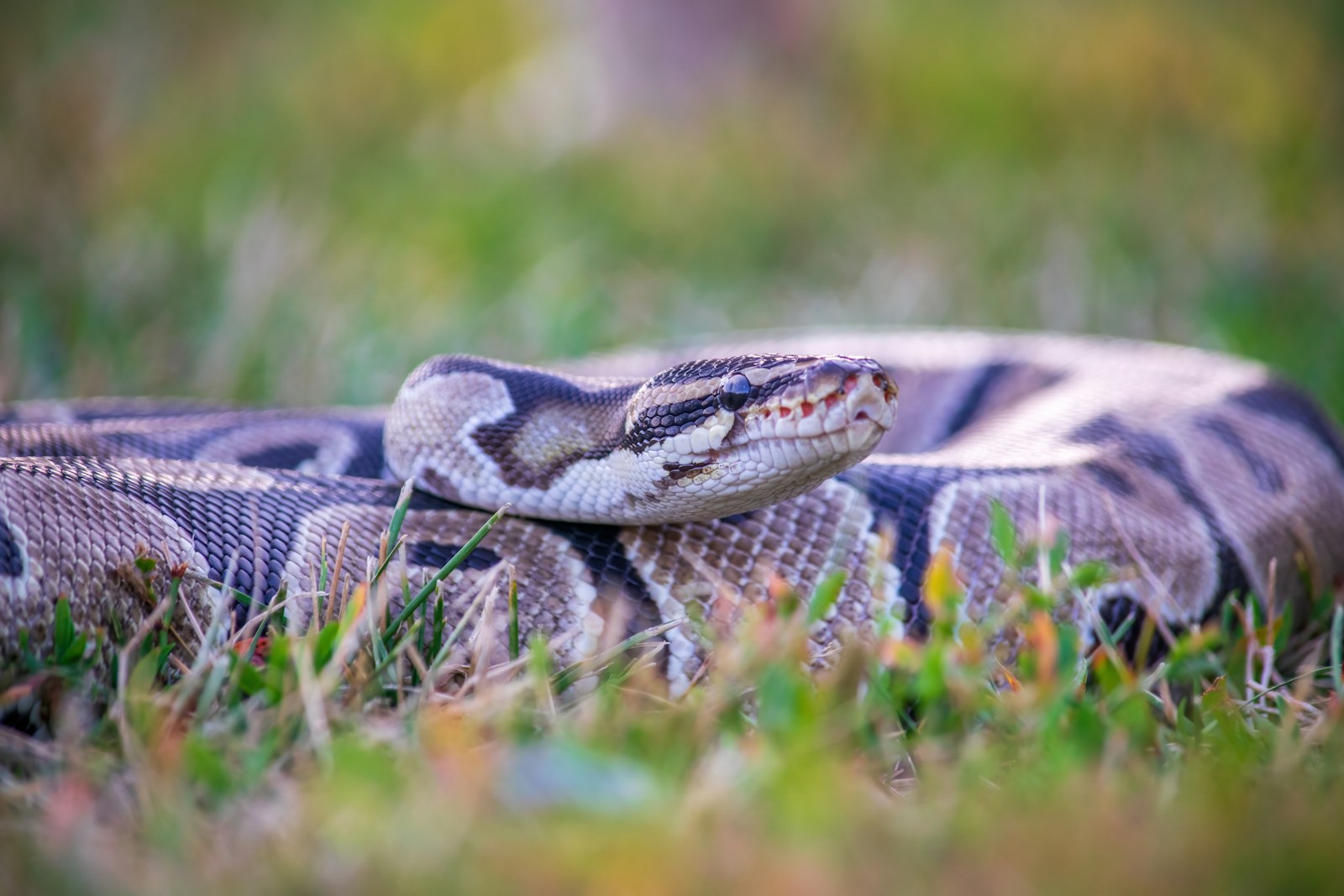
Evolving venom resistance isn’t without biological costs, requiring energy and resources that could otherwise be allocated to growth, reproduction, or other survival mechanisms. Snakes with high resistance to certain venoms may experience reduced performance in other physiological processes, creating evolutionary trade-offs. For instance, some resistant species demonstrate lower reproductive rates or compromised immune function compared to non-resistant relatives. These trade-offs explain why universal venom resistance hasn’t evolved across all snake species – the cost would simply be too high without sufficient selective pressure. The balance between resistance benefits and developmental costs shapes the distribution of these traits across snake populations.
Geographic Variations in Resistance

Venom resistance often shows geographic patterns that reflect local ecological conditions and species interactions. Snake populations may develop stronger resistance to the venoms of predators or competitors common in their specific habitat. This phenomenon has been observed in studies of island populations versus mainland relatives, where isolation has led to divergent resistance profiles. Such geographic variation provides natural experiments for studying how quickly resistance can evolve under different selective pressures. Conservation biologists are particularly concerned about how habitat fragmentation might disrupt these locally adapted resistance mechanisms by altering species interactions and gene flow patterns.
Medical Applications of Venom Resistance Research

The study of how snakes resist venom has significant implications for human medicine, particularly in antivenom development. By understanding the molecular mechanisms that allow certain species to neutralize toxins, scientists can design more effective treatments for snakebite victims. Proteins isolated from resistant species have already been investigated as potential components of next-generation antivenoms with fewer side effects. Beyond snakebite treatment, venom resistance research has applications in pain management, as many venom components target pain receptors that are also implicated in chronic pain conditions. The natural venom inhibitors found in resistant snakes may inspire novel analgesic drugs that block these pathways without addictive properties.
Research Challenges and Technological Advances
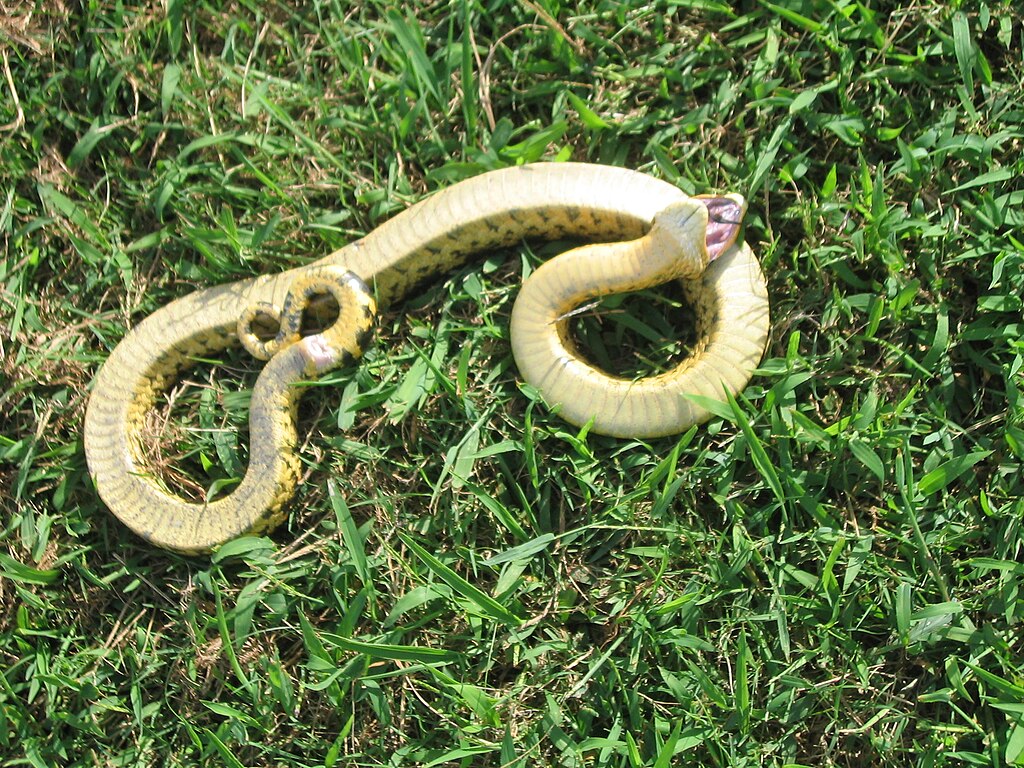
Studying venom resistance presents numerous scientific challenges, from collecting adequate tissue samples from rare species to deciphering the complex biochemical interactions involved. Recent advances in genomic sequencing and proteomics have revolutionized this field, allowing researchers to identify and characterize resistance-associated genes and proteins with unprecedented precision. Techniques like CRISPR gene editing now enable scientists to test hypotheses about specific genetic modifications and their effects on venom resistance. Despite these technological advances, field studies remain essential to understand how resistance functions in natural environments and ecological contexts. Conservation concerns also create ethical considerations in this research, as many venomous snake species face habitat loss and population declines.
Future Directions in Venom Resistance Research
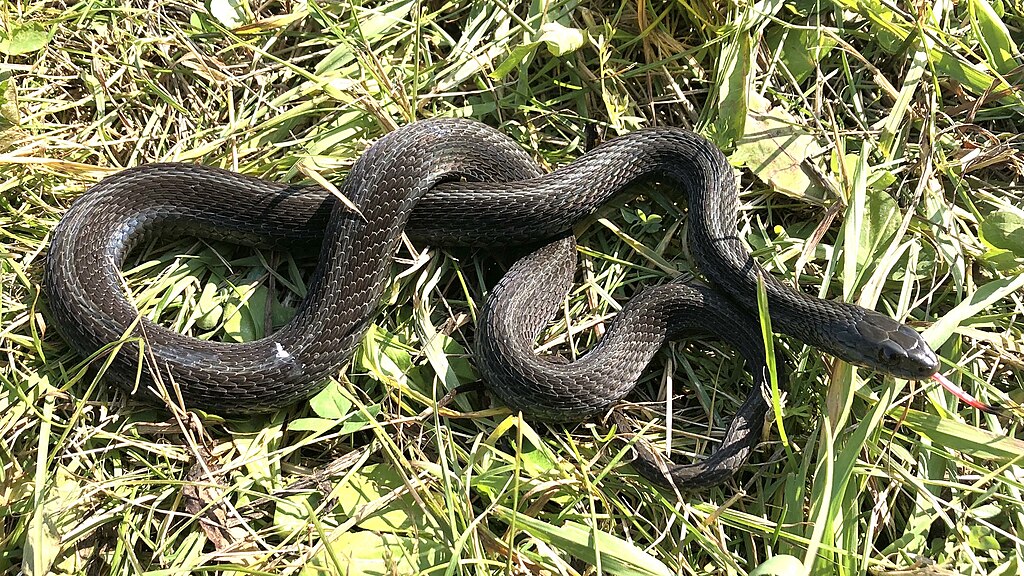
The future of venom resistance research promises exciting developments across multiple scientific disciplines. Emerging technologies in computational biology may soon allow scientists to predict resistance mechanisms based on genetic information alone, accelerating the discovery process. Increasing focus on the microbiome’s potential role in venom resistance represents another frontier, as some evidence suggests gut bacteria may help certain species detoxify venom components. Climate change impacts on predator-prey dynamics could reveal how quickly resistance mechanisms can adapt to new ecological pressures. As research progresses, the complex interplay between venom evolution and resistance will continue to illuminate fundamental principles of evolutionary biology while potentially yielding valuable medical applications.
Conservation Implications of Venom Resistance

The specialized adaptations involving venom resistance have important implications for snake conservation efforts worldwide. When habitat destruction separates co-evolved species or introduces new venomous competitors, it can disrupt the delicate balance maintained through millions of years of adaptation. Species with highly specialized resistance mechanisms may be particularly vulnerable to environmental changes that alter their ecological relationships. Conservation strategies increasingly consider these complex interactions rather than focusing solely on individual species protection. Understanding venom resistance as part of wider ecological networks helps scientists predict how snake communities might respond to environmental changes and design more effective conservation programs that preserve these fascinating evolutionary adaptations.
Conclusion
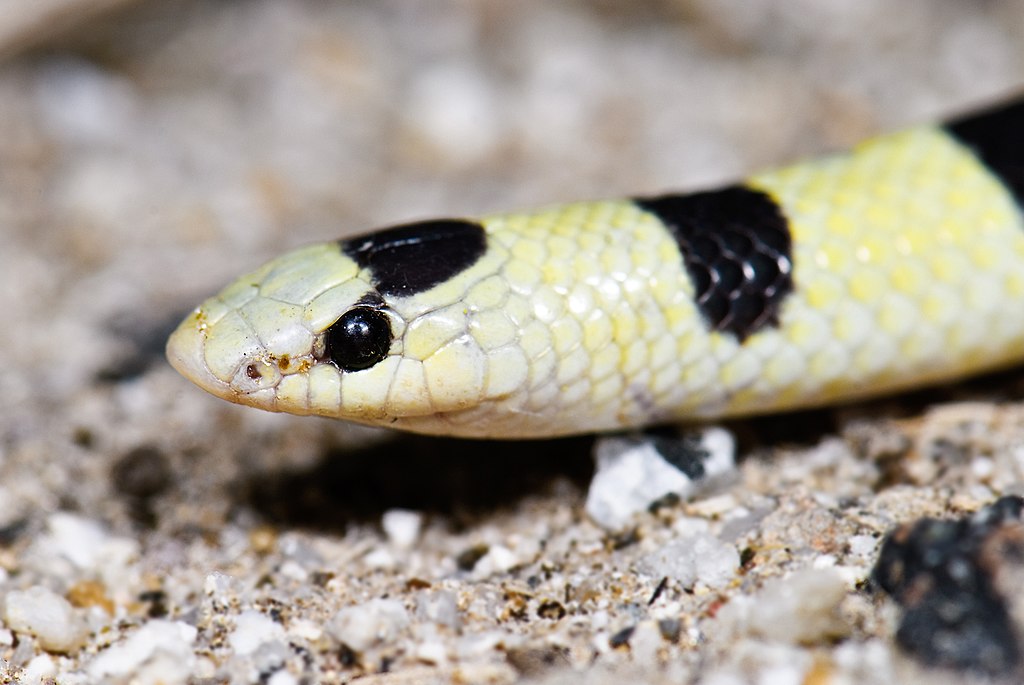
The remarkable ability of certain snake species to resist the venom of others represents one of nature’s most sophisticated examples of evolutionary adaptation. These resistance mechanisms, developed through millions of years of predator-prey interactions, showcase the incredible complexity of natural selection and biological arms races. From the specialized proteins that neutralize toxins to the modified cellular receptors that prevent venom binding, each adaptation reveals nature’s ingenuity in solving survival challenges. As research in this field continues to advance, our understanding of these mechanisms will not only illuminate evolutionary biology but may also lead to breakthroughs in medicine and conservation. The story of venom resistance reminds us that even in nature’s most dangerous creatures, we find inspiration for scientific discovery and appreciation for the intricate balance of ecological relationships.

